
From a penny to Lada XRAY: how the look of domestic cars has changed over the years
Content
On April 19, 1970, the first Zhiguli rolled off the main assembly line of the Volga Automobile Plant. It was the VAZ-2101 model, which received the nickname "penny" among the people. After it there were five more models from the "classic" series, one Oka, a dozen Lads. All these cars are not twins at all. Each VAZ has significant differences that are worth seeing clearly.
Classic Zhiguli
The family of classic Zhiguli - seven models of rear-wheel drive cars of a small class. There are two types of bodies in the line - a four-door sedan and a five-door station wagon. All models are distinguished by a laconic design - now the appearance of the Zhiguli may seem rustic, but for their time, classic VAZs were quite stylish Soviet cars.

VAZ-2101 (1970–1988) - the foreign public knew the model as LADA-120. It is a four-door sedan. The “penny” took away all external features from its Italian counterpart:
- cubic shape of the case (still with rounded corners, while the next models will become more "chopped");
- a simple "facade" with a rectangular grille and a round pair of headlights;
- high roofline;
- rounded wheel arches;
- laconic "rear" with vertically oriented lights and a small trunk lid.
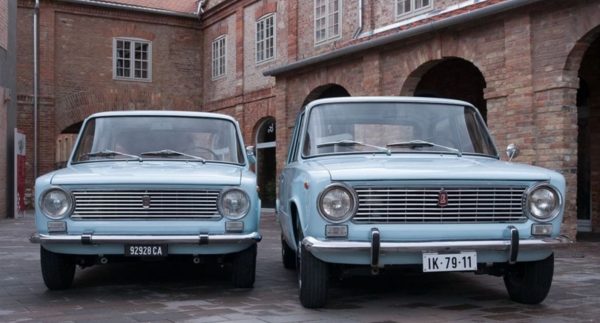
VAZ-2102 (1971–1986) - The five-door station wagon turned out to be spacious. In addition to the changed body type, the “two” is distinguished from the “penny” by a license plate located on the fifth door and vertical taillights.
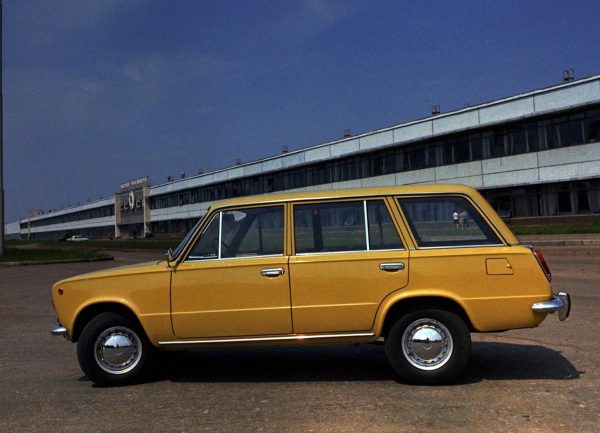
VAZ-2103 (1972–1984) - the third Zhiguli model (Lada 1500 in the export version) was launched from the assembly line in the same year as the "deuce". You can easily distinguish a “three-ruble note” from the VAZ-2102, since they have a different body type. But from the previous sedan (“penny”) VAZ-2103, a large radiator grille with twin headlights “sitting” right on it will help to distinguish.
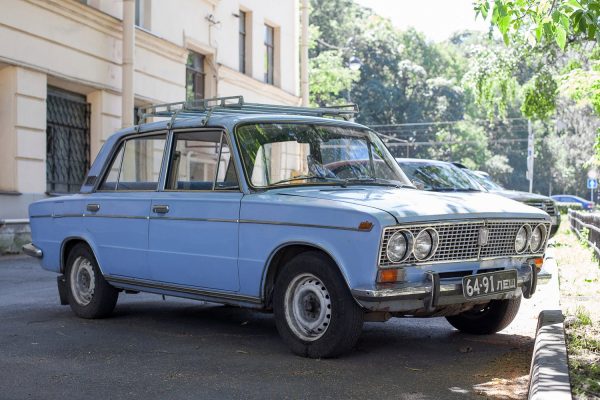
VAZ-2104 (1984–2012) - station wagon, known in the West as Kalinka. The main difference from its predecessors is not round, but rectangular headlights. The lines of the body are more chopped (roundings at the corners have become less pronounced than, for example, the “penny”).

If the VAZ-2104 is the first domestic station wagon with rectangular headlights, then VAZ-2105 - the first sedan with a similar form of optics. The body of the "five" is distinguished by greater angularity. On the side there are wings with cut contours. The roof does not have a hint of rounding, the hood and luggage compartment are longer than those of the “penny” or “troika”.
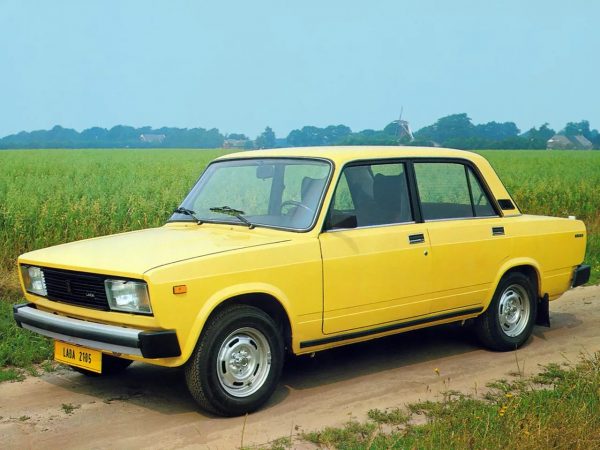
VAZ-2106 (1976–2006) - popularly nicknamed the "Lada-six", for a foreign buyer the name Lada 1600 was used - a rear-wheel drive four-door sedan. A feature of the VAZ-2106 is a round pair of headlights, “planted” not on a radiator grill, but in black plastic rectangles.

VAZ-2107 (1982–2012) made in accordance with the automotive trends of the eighties. Then angular, even slightly rough forms, an abundance of chrome parts, protruding parts (like a radiator grille that began to protrude from the level of the hood) were fashionable. Like the VAZ-2106, the headlights are planted in plastic rectangles (the difference is that the “six” has a round front optics, while the “seven” has a rectangular one).
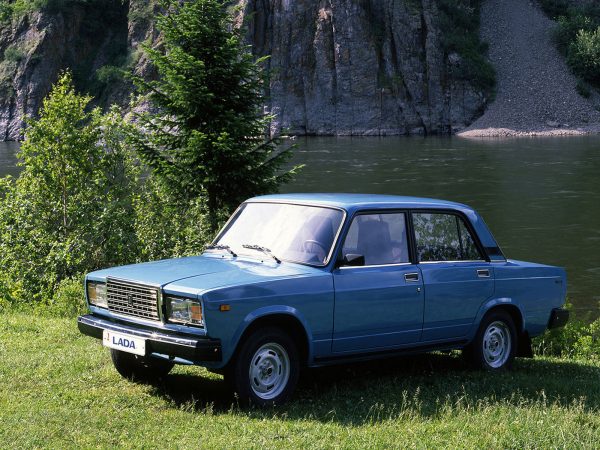
Oka (1987—2008)
VAZ-111 (Lada Oka) is a Russian midget car. About 700 thousand models were rolled off the assembly line. Body type is a three-door hatchback. In an effort to reduce the size of the car, the developers sacrificed the harmony of the appearance, which is why the people called the Oka "cheburashka". Characteristic features of appearance:
- miniature body;
- angular lines;
- rectangular optics;
- unpainted plastic bumper;
- shortened overhangs;
- short wheel arches;
- too thin roof pillars;
- large glass area.
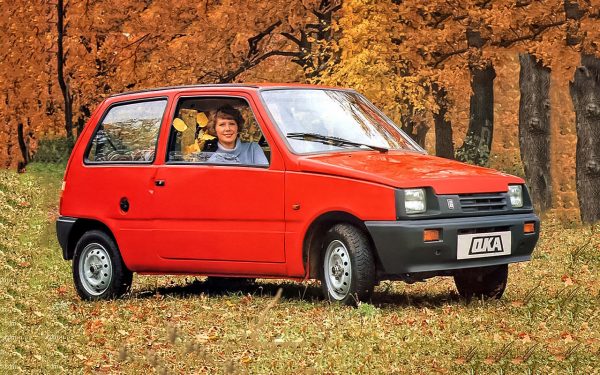
LADA Samara family
In 1984, the Volga Automobile Plant decided to carry out a complete restyling of its VAZs and released Lada Samara (aka VAZ-2108). In 1987, another model of this family, the VAZ-2109, was presented to the public. The differences between the Samara and the classic Zhiguli were colossal, which divided the Soviet citizens: some were outraged by the changed appearance of the VAZ, others praised the manufacturers for the innovations that separated domestic cars from the progenitor Fiat 124.
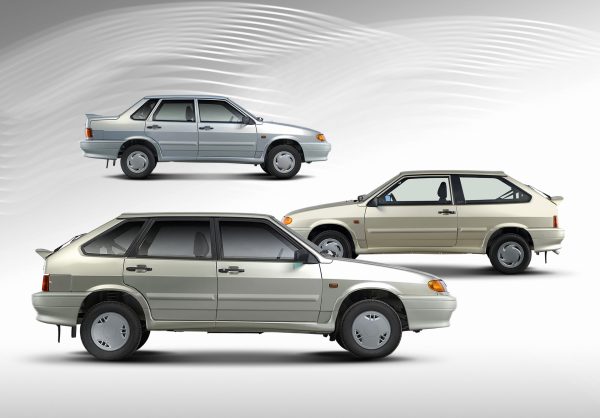
VAZ-2108 (1984–2003) - the people called the three-door hatchback VAZ-2108 "chisel" and "crocodile" for the elongated narrowed front. The car is spacious, as it was supposed to be used as a family car. The body of Samara is tougher and, accordingly, safer than the "classics". The rear seats are made taking into account the landing of children, the trunk is roomy.

The VAZ-2109 (1987–2004) differs from the VAZ-2108 in that it is a five-door rather than a three-door hatchback. There are no other significant differences in appearance.
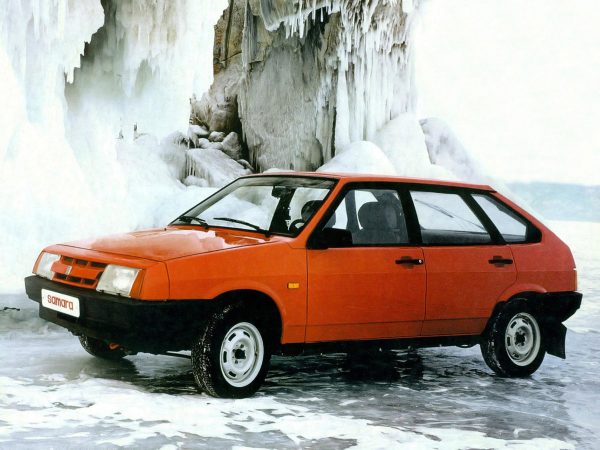
Ten family
In 1983, the design of a sedan based on the VAZ-2108 hatchback began. The project received the conditional name "family of dozens". The VAZ-2110 was the first to be released, then the VAZ-2111 and VAZ-2112 station wagon went on sale.
VAZ-2110 (1995–2010)

VAZ-2010 (LADA 110) is a four-door front-wheel drive sedan. Notable for fashionable for the mid-1990s "biodesign" with smooth outlines and maximum glazing area.
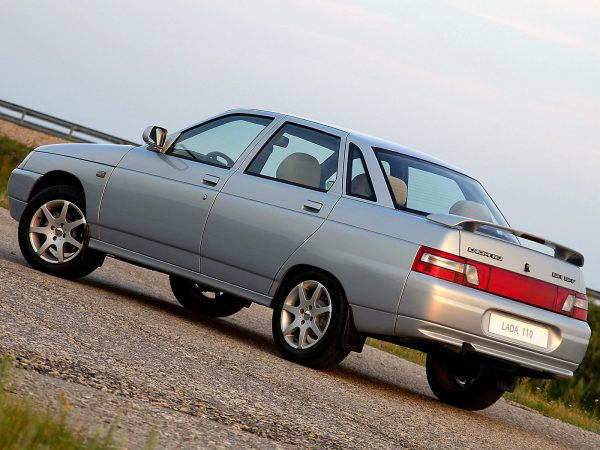
VAZ-2111 (1997–2010)
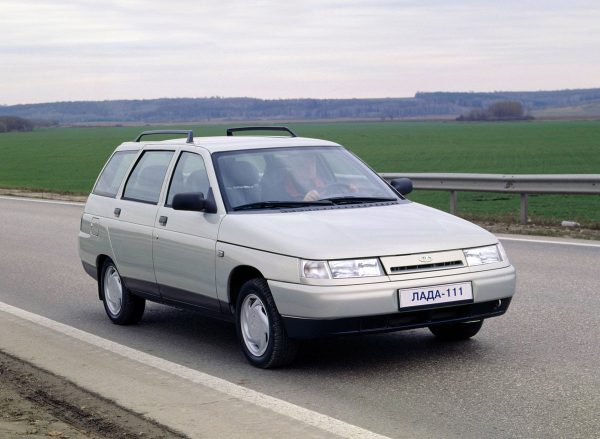
In the front, this model completely repeats the VAZ-2110.

VAZ-2112 (1998–2008)
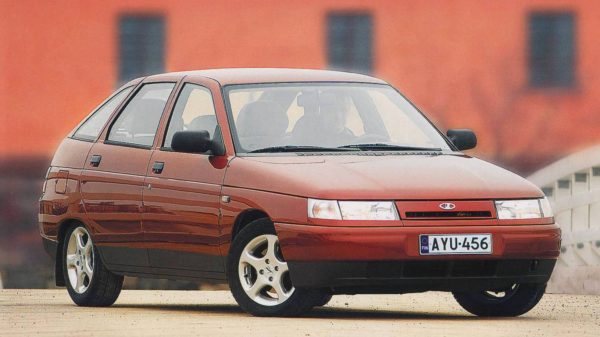
It's as roomy as a station wagon, but the model's looks are lightened by the abrupt transition from the roof to the tailgate. There are no corners, all lines are very smooth.

LADA Kalina
Kalina - front-wheel drive cars of the "small class II group" (segment "B" by European standards). The family includes a sedan, a five-door hatchback and a station wagon. These three VAZs were the first AvtoVAZ "projects" developed using computer technology.
VAZ-1117 (2004–2018)

It has a narrowed front and a powerful back with a large trunk lid. But the transitions between different parts of the car are smooth, so the car as a whole looks harmonious.
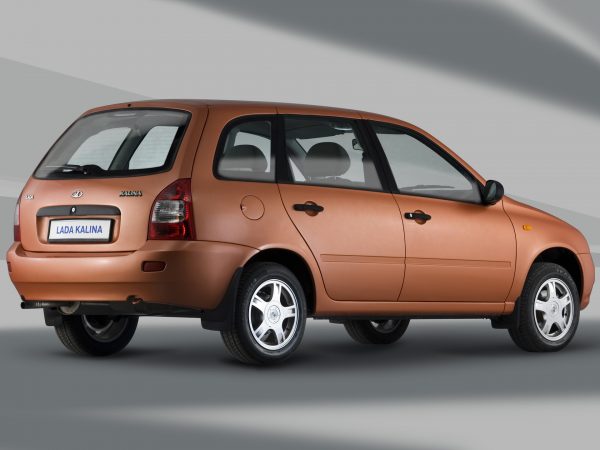
VAZ-1118 (2004–2013)
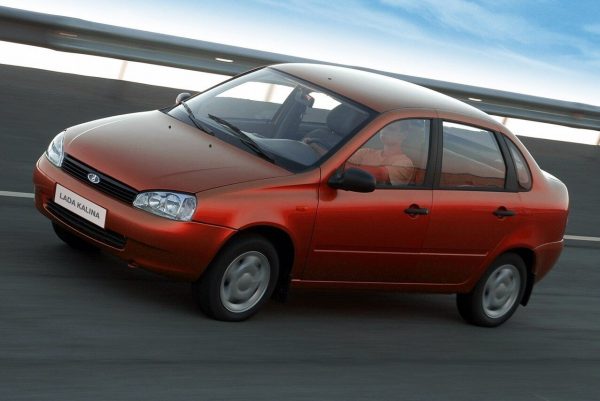
VAZ-1118 (LADA Kalina sedan) seems to be smaller than the sedan, but this is an optical illusion, since they have the same dimensions. The front end can be called aggressive because of the predatory tapering headlights and narrow grille. But the bumper is very neat, which gives the car lightness.
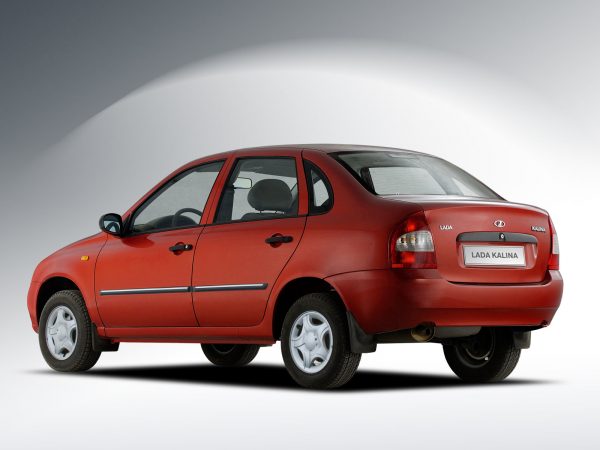
VAZ-1119 (2006–2013)

VAZ-1119 or LADA Kalina hatchback - the body of this model is designed in the same style as that of the VAZ-1117. The bumper is rounded, the luggage cover is small and has a maximum glass area. The taillights are arranged vertically and are more elongated in shape than those of the station wagon and sedan.
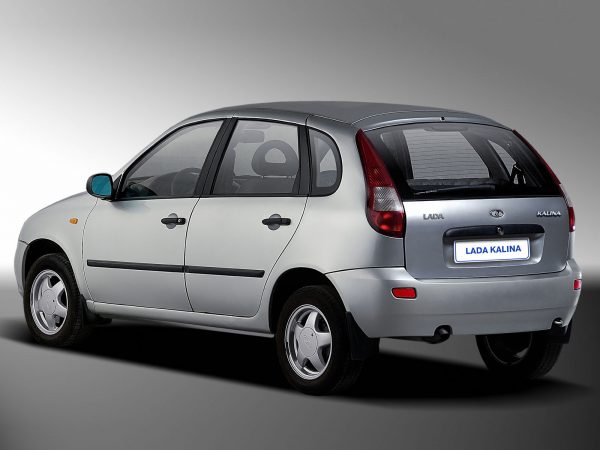
LADA Grant
Lada Granta is a domestic front-wheel drive car developed on the basis of LADA Kalina. The goal was set for the developers to make the car as close as possible in terms of technical parameters and appearance to Kalina, but to reduce its cost. The desire to reduce the cost, of course, was reflected in the appearance of the car.
LADA Granta sedan differs from Kalina in the way the car looks like from the front. At the front, a stylish “pattern” of headlights, radiator grilles, a license plate and a logo sign stands out. These elements are planted on a black substrate in the shape of the letter X. On the side and behind the Granta repeats the LADA Kalina sedan.
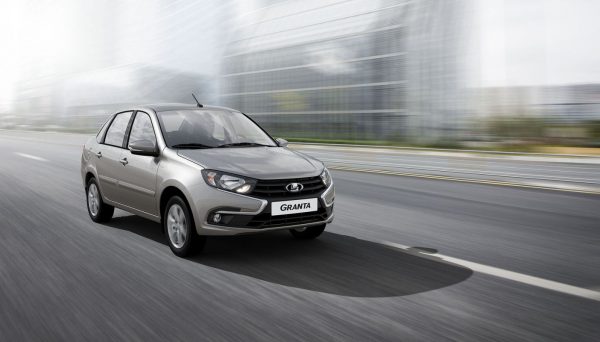
In 2014, the release of Lada Granta Liftback began. Like the sedan, the liftback has an X pattern at the front. In addition, the model is distinguished by a convex roof, smoothly turning into a miniature rear.

LADA Granta sport (2018 to this day) is a front-wheel drive sedan of the "subcompact" category. It does not differ in special capacity, as well as the liftback. The emphasis during its development was placed on a modern dynamic design, designed for a youth audience. A voluminous bumper, a rear wing on the trunk lid and massive 16-inch wheels with a large number of small spokes give it a sporty look.

Lada Largus
In 2011, AvtoVAZ presented to the public the first model from the Largus family. It was a C-class car based on the 2006 Romanian Dacia Logan MCV. The line includes a passenger station wagon and a van.
Lada Largus R90 (2012 to this day) is a passenger station wagon in 5- and 7-seater versions. Her design is simple, devoid of any embellishments.
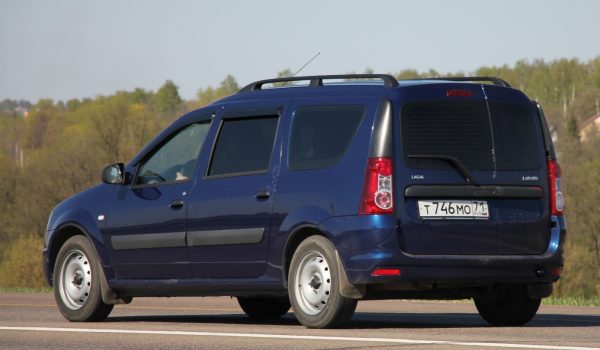
Largus F90 (2012 to this day) is the same R90. Only instead of the passenger part, a cargo compartment was made, which has blind rear and side panels on the outside. Hinged rear doors are fixed in three positions. The side doors provide a wide opening angle so that unloading can also be done through them.

Lada Vesta (2015 to this day)
LADA Vesta is a small class car, produced since 2015. It replaced Lada Priora and took the title of the best-selling car in 2018. Externally, the 5-door car differs little from modern foreign models - it has a streamlined body, original bumpers, spoilers, and more.

Lada XRAY (2015 to this day)
LADA XRAY is a compact hatchback made in the style of an SUV (sport utility vehicle used daily and able to accommodate a lot of cargo). The front bumper of the car is raised, has an X-shaped black pattern like that of the Lada Grant. A relief (stamping) appeared on the sidewalls, giving the appearance of the car dynamism.
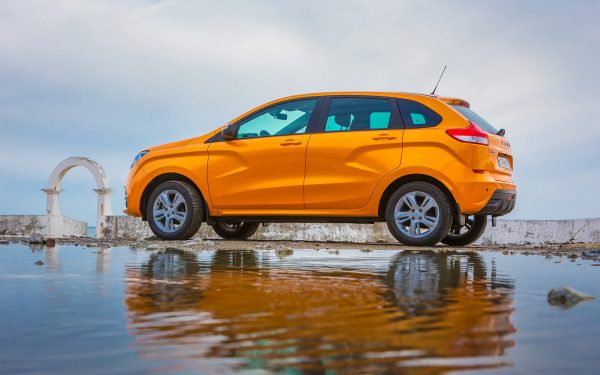
The first AvtoVAZ car was rolled off the assembly line in 1970. Since then, the designers of the plant have not been sitting idle and are constantly coming up with new variations, focusing on the changing needs of society. The ancestor of the VAZ, the "penny" has absolutely nothing to do with the modern Lada Largus, XRAY, Grant.

